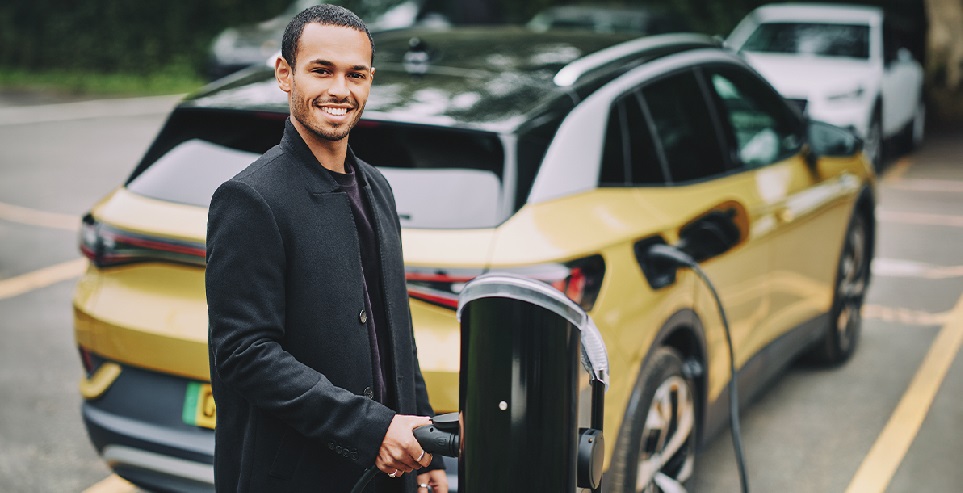The “EV Index” by HERE Technologies and SBD Automotive highlights Denmark as the new leader in Europe for the introduction and support of electric vehicles (EVs).
Since 2020, the index has determined the pioneers and laggards in electric mobility across the continent.
Notably, the EV Index awards up to 100 points to assess progress in the transition to electric vehicles.
Denmark ranks first with 76.7 points, making a significant leap from last year’s sixth place.
“This is due to the strong support from the Danish government for electrification, including tax exemptions and rebates,” states the index editors’ report.
Norway follows with 73.3 points and Luxembourg with 70.8.
“Norway, which held the top position last year and now stands second, continues to impress with a very high proportion of EVs in its total fleet. However, the number of public charging stations is slightly decreasing,” the report notes.
Germany, with 68.3 points, is in fifth place, dropping one position from 2023.
With nearly 1.5 million registered EVs, Germany has the highest number of EVs in Europe.
However, the HERE Technologies and SBD Automotive index also shows a weakening in the German market, reflecting the need for increased infrastructure investment as government incentives decrease and EV adoption slows.
Nonetheless, Germany’s infrastructure figures, such as the number of charging stations per electric vehicle, have slightly improved due to ongoing investment in charging infrastructure.
Read more: New incentives for EVs in Germany: A lifeline for local manufacturers?
Poland, Cyprus, Hungary, and Malta follow in the rankings.
The United Kingdom (UK) is at the bottom of the group.
The report explains: “Although the UK government has committed to increasing the number of public charging stations, progress is slow, widening the gap with European countries like Germany and the Netherlands.”
“here is also a risk that the UK could fall further behind “unless significant investments are made in public charging networks.”
Read more: New Government, new hopes: UK eMobility sector calls for “no more mixed signals”
EV Index methodology
The index covers four areas, each receiving up to 25 points, for a total maximum score of 100.
The first quarter relates to the density of charging points, the second to the average performance of public charging stations, the third to the proportion of electric vehicles in the total fleet, and the fourth to the ratio of registered EVs to public charging stations.
According to the index creators, the results reveal “both significant advances and current challenges in the adoption and support of electric vehicles, highlighting key metrics that reflect market growth and maturity in Europe.”
The index is developed by data specialist HERE Technologies and research and consulting firm SBD Automotive, using data from HERE’s charging station APIs, Eurostat, and EAFO.
Referring to the previous year’s results, analysts note that the most significant improvements were seen in Cyprus, Denmark, Greece, Lithuania, Finland, and Romania, while Hungary, the Czech Republic, Portugal, Spain, Croatia, and the Netherlands saw the largest drops in the rankings.
Results in India and the US
The HERE and SBD Automotive index results are also available for India and the US. In the US, growth was evident, although it lagged behind Europe.
“The US increased public charging power by 82%, while Europe grew by 115% since the 2023 index.”
The report also notes that “only three US states and Washington, DC have achieved an optimal ratio of electric vehicles to public chargers.”
The specific states were Delaware, Massachusetts, and Nevada.
In India, comparisons are less straightforward as this is the first year the analysis has been conducted there.
The study found that the state of Chandigarh leads the index with better charger availability and EV fleet penetration compared to other states, while Delhi excels in access to charging infrastructure.
Rajasthan shows the highest EV fleet penetration, and Uttar Pradesh has the largest EV fleet in India.
Robert Fisher, Director of Electrification and Sustainability at SBD Automotive, explains how the growing electric mobility landscape is evolving from multiple angles: “Automakers, energy companies, and governments are deeply committed to developing the charging infrastructure essential for the future of electric mobility.”
“This Herculean effort requires seamless coordination not only among industry players but also with consumers to ensure that the demand for electric vehicles is matched by vehicle availability and charging options,” he adds.
Read more: Global eMobility transition “politically divided”: What are the causes and consequences?





